There’s little doubt our early ancestors’ ability to craft rudimentary tools propelled the species to the top of the food chain, a position we have comfortably retained for millions of years.
The debate however rages on whether it was access to a nutritious protein rich diet that led to the development of a larger brain and associated dexterous skills, or tool making that enabled hominids to harvest more varied food types which in turn triggered a significant spark of intelligence.


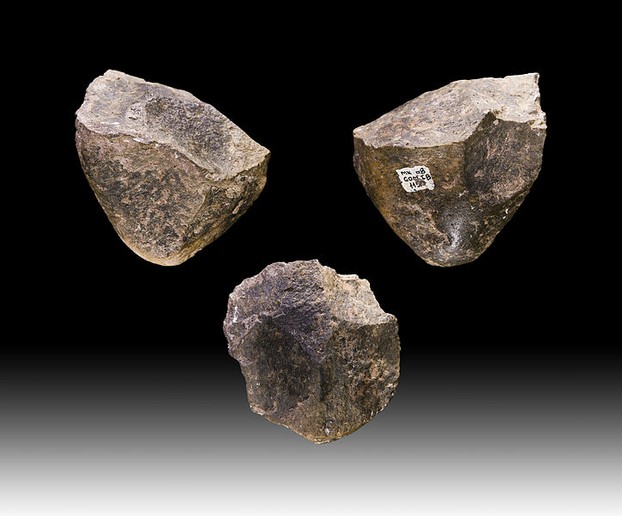
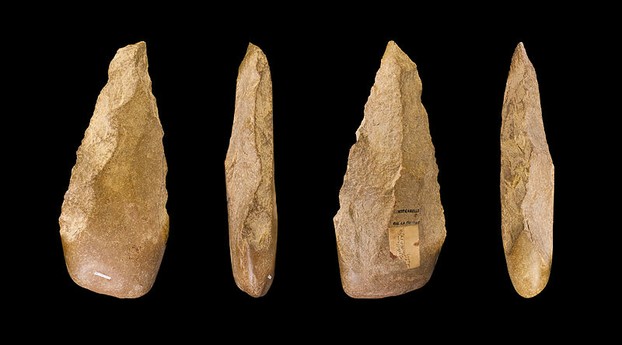
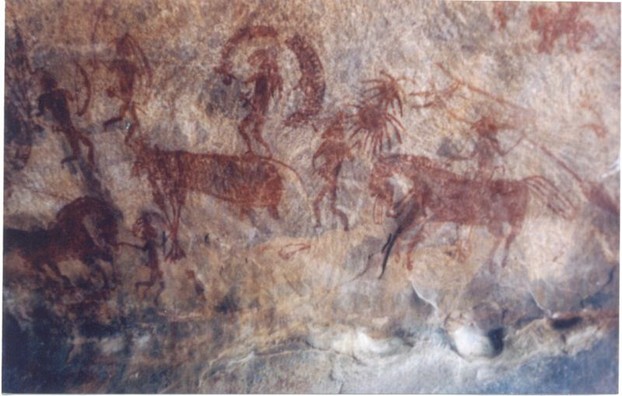
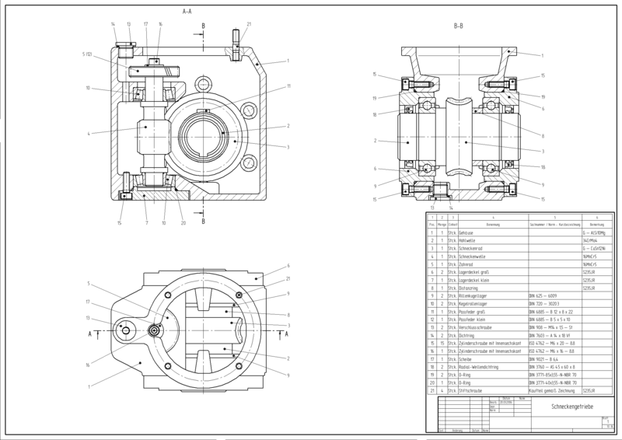
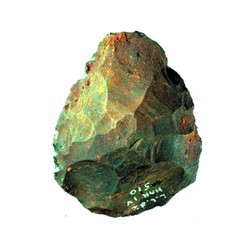

 Herbal Medicine in South Africaon 08/20/2014
Herbal Medicine in South Africaon 08/20/2014
 Citroën, Europe’s First Mass Producer of Carson 07/04/2014
Citroën, Europe’s First Mass Producer of Carson 07/04/2014
 Use Smartphone Technology for Evidence Collectionon 07/03/2014
Use Smartphone Technology for Evidence Collectionon 07/03/2014
 Smart, Sneaky Solutions for Hiding Valuableson 06/13/2014
Smart, Sneaky Solutions for Hiding Valuableson 06/13/2014
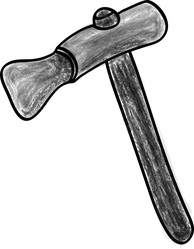
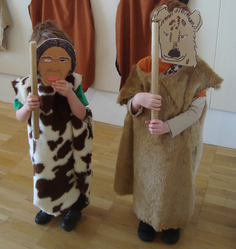
Comments